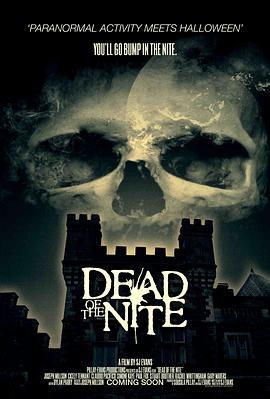
When a group of ghost hunters investigate the infamous Jericho Manor, they soon realise it's not just ghosts that go bump in the night! As people get murdered, the survivors need to discover who or what's killing them before it's too late....
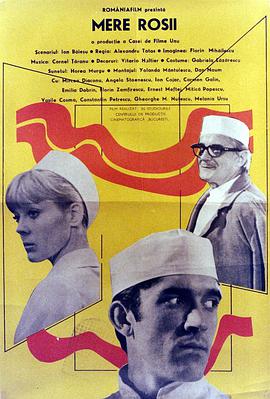
The main character, a young surgeon (avid consumer of red apples), excellent professional, inflexible with respect for moral norms, are in a constant struggle with indifference and ignorance of his fellow men, with their littleness of soul, the director of the hospital obtuseness and careerism. Red Apples exactly expresses the conflict between talent, professional dedication, respect the Hippocratic Oath, the protagonist came face to face with mediocrity, sufficiency and careerism of brothers who, at any cost, want to move into professional and social ladder. Rise young doctor Mitica Herod assigned to a provincial hospital, the doctor makes Mitroi prototype capped professional character, to see jeopardized the director of the hospital. Mitica (enthusiastic, charismatic and convincing in the role of actor Mircea Diaconu) makes no promises in relation to his superior, which always reminds him of his mission, the function they represent. Ignore the so-called "social conveniences" and not promising in addressing hospital and patients. Well-meaning and lucid, ready for personal sacrifices, he believes that the world has only one real enemy: death, which, unfortunately, it always fails defeat. "I was preoccupied, primarily, grammatical problems of the profession. It is true, perhaps the film has a kind of enthusiasm that I have not found then. I wanted to be a human story and I think it came out as such. and that is true not consider it a merit, but a prerequisite. I never wanted to do "red Apples" true or less true. I did as I felt. "Alexander Tatos</p>...
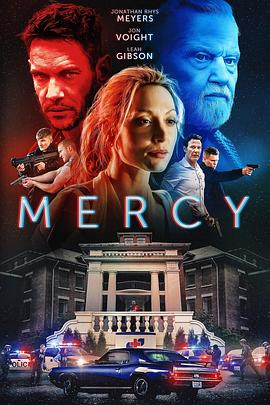
An ex-military doctor finds herself in a deadly battle for survival when the Irish mafia seize control of the hospital at which she works. When her son is taken hostage, she is forced to rely upon her battle-hardened past and lethal skills after realizing there's no one left to save the day but her....
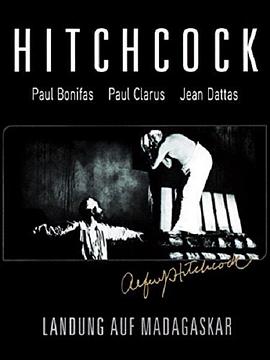
The Moliere players are in their dressing room, getting ready to go on set. One actor mentions to another that his face reminds him of an opportunist turncoat he knew when he was in the Resistance. He then relates the adventure that he had in the Resistance, running an illegal radio station and dodging the Nazis.</p>...

The sergeant of the Civil Guard Bevilaqua and his assistant, Corporal Chamorro entrust them with the task of reactivating the investigation of the death of Ivan, a crazy young man, who happened on the island of La Gomera three years ago.</p>...

<p>Fifteen year-old Taylor Collins is a golf legacy. The son of a PGA veteran, the younger brother of a PGA rookie, he has all the talent in the world-but wants nothing to do with golf or the pressure of being the next in line. After Taylor purposely blows his tryout for the school team, his disappointed father takes a drive that ends in a texting-while-driving accident and lands him in a a. Taylor blames himself and, with the guidance of his brother and the prayer support from his mother Jenny and newfound crush Bailey, makes it his mission to get back on the team and bee the first freshman in state history to lead his team to a state championship. Faith, hope, and love bring Taylor and his family closer than ever and he learns that the greatest way to honor his father and his God is to embrace the gifts and talents he was given.</p>...

Fatures eight members of BNK48 --- Noey, Kaew, Mobile, Namneung, Kaimook, Namsai, Tarwaan and Pupe. In the movie, the girls are working on a secret special project. They have to stay in Isaan for a while. The girls have a hard time adjusting themselves into a new environment and its unfamiliar local food. They have to work on a song which combines pop and Isaan music....

"Bob Dylan going electric" at the 1965 Newport Folk Festival is one of those epochal moments in rock history that seemingly everyone has heard about, but what few people seem to know is that it wasn't some ephemeral event that we only know from word of mouth -- filmmaker Murray Lerner documented the performances at the Newport Festival for several years running, and The Other Side of the Mirror collects footage from the three years Dylan appeared at the celebrated folk gathering, allowing us to see Dylan's rise through the folk scene for ourselves. Watching Lerner's documentary, what's most remarkable is how much Dylan changed over the course of 36 months; the young folkie performing at the afternoon "workshop" at the side of Joan Baez in 1963 is at once nervy and hesitant, singing his wordy tunes while chopping away at his acoustic guitar and energizing the crowd without seeming to know just what he's doing. In 1964, Dylan all but owns Newport, and he clearly knows it; he's the talk of the Festival, with Baez and Johnny Cash singing his praises (and his songs), and his command of the stage is visibly stronger and more confident while his new material (including "Mr. Tambourine Man" and "It Ain't Me, Babe") sees him moving away from the "protest songs" that first made his name. When the audience demands an encore after Dylan's evening set (Odetta and Dave Van Ronk were scheduled to follow him), Peter Yarrow tries to keep the show moving along while Dylan beams at the crowd's adulation, like the rock star he was quickly becoming. By the time the 1965 Newport Festival rolled around, Dylan's epochal "Like a Rolling Stone" was starting to scale the singles charts, and the hardcore folk audience was clearly of two minds about his popular (and populist) success. When Dylan, Fender Stratocaster in hand, performs "Maggie's Farm" backed by Al Kooper, Mike Bloomfield and the rhythm section from the Paul Butterfield Blues Band, the raucous but hard-driving number inspires a curious mixture of enthusiastic cheering and equally emphatic booing, and while legend has it that the version of "Like a Rolling Stone" that followed was a shambles, the song cooks despite drummer Sam Lay's difficulty in finding the groove, though if anything the division of the crowd's loyalties is even stronger afterward. After these two numbers, Dylan and his band leave the stage, with Yarrow (once again serving as MC) citing technical problems (if Pete Seeger really pulled the power on Dylan, as legend has it, there's no sign of it here); Dylan returns to the stage with an acoustic six-string to sing "Mr. Tambourine Man" and "It's All Over Now, Baby Blue" before vanishing into the night without comment. While much of the audience at Newport in 1965 wanted the "old" Dylan back, his strong, willful performances even on the acoustic stuff makes it obvious that the scrappy semi-amateur we saw at the beginning of the movie was gone forever, and the ovations suggest more than a few people wanted to see Dylan rock. Lerner's film tells us a certain amount of what we already knows, but it gently debunks a few myths about Dylan during this pivotal moment in his career, and his performances are committed and forceful throughout; no matter how many times you've read about Dylan's Newport shoot-out of 1965, seeing it is a revelatory experience, and Lerner has assembled this archival material with intelligence and taste. This is must-see viewing for anyone interested in Dylan or the folk scene of the '60s....
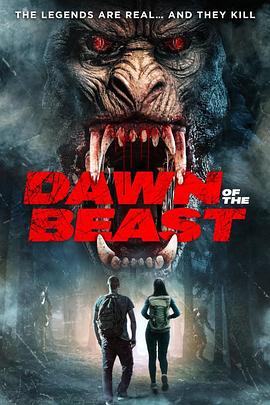
A group of graduate students get more than they bargained for while searching for the legendary Bigfoot. Not only is he real, but there's something far more evil lurking in the shadows, the Wendigo....
